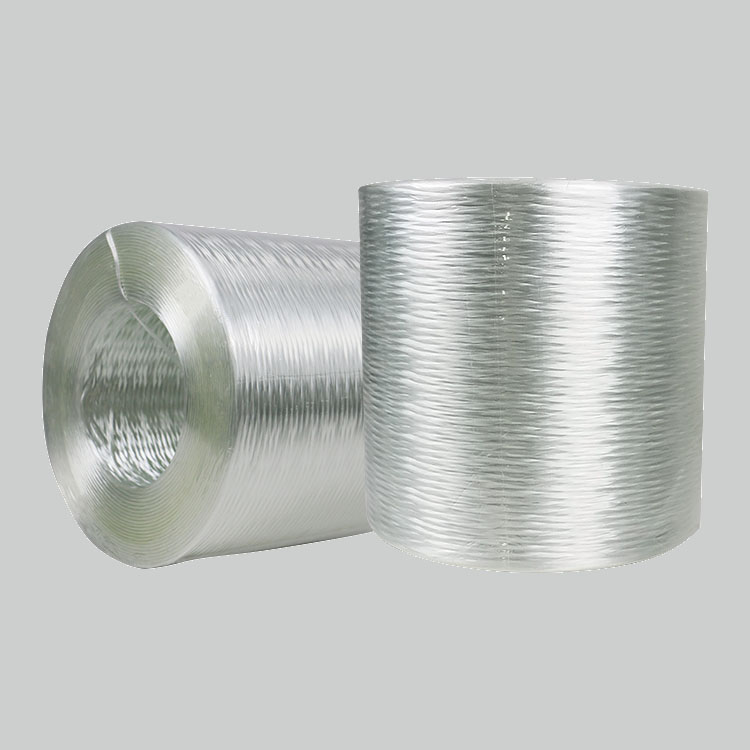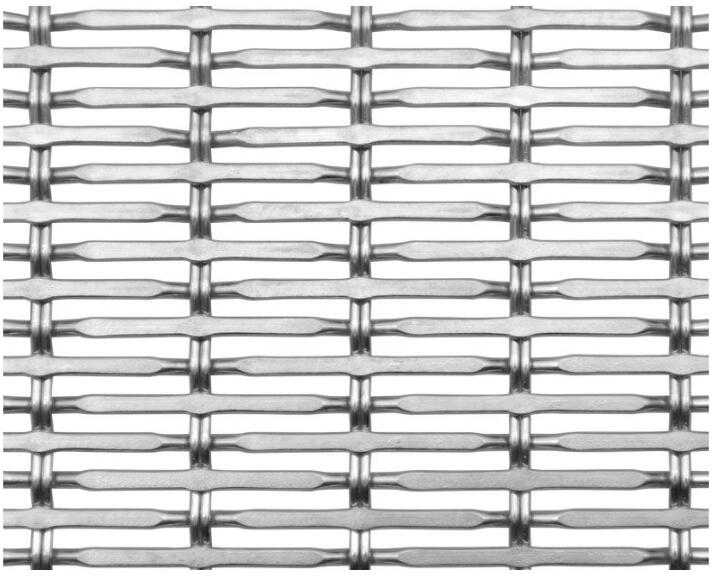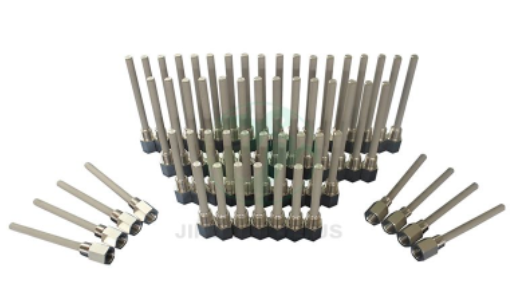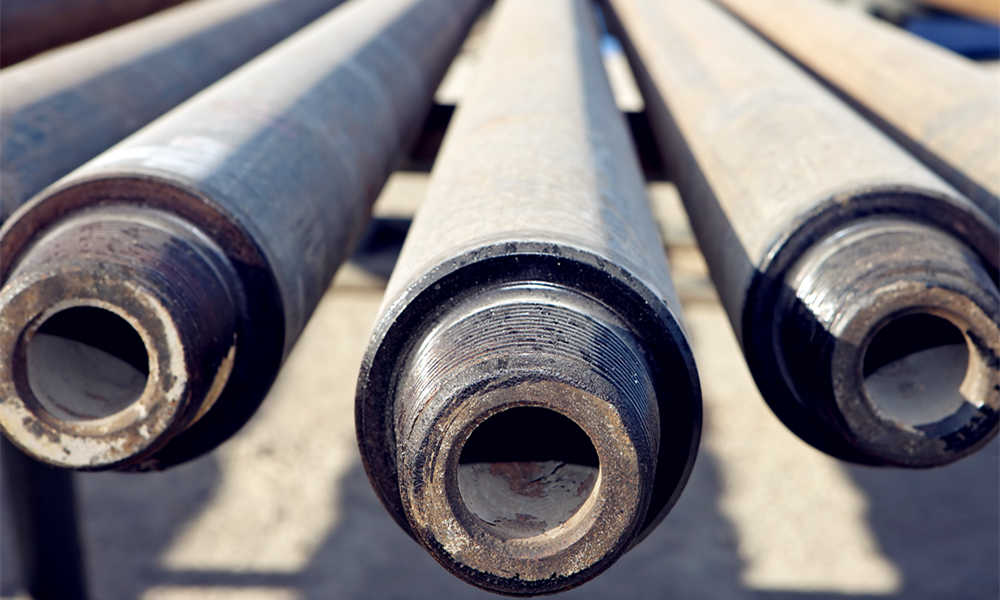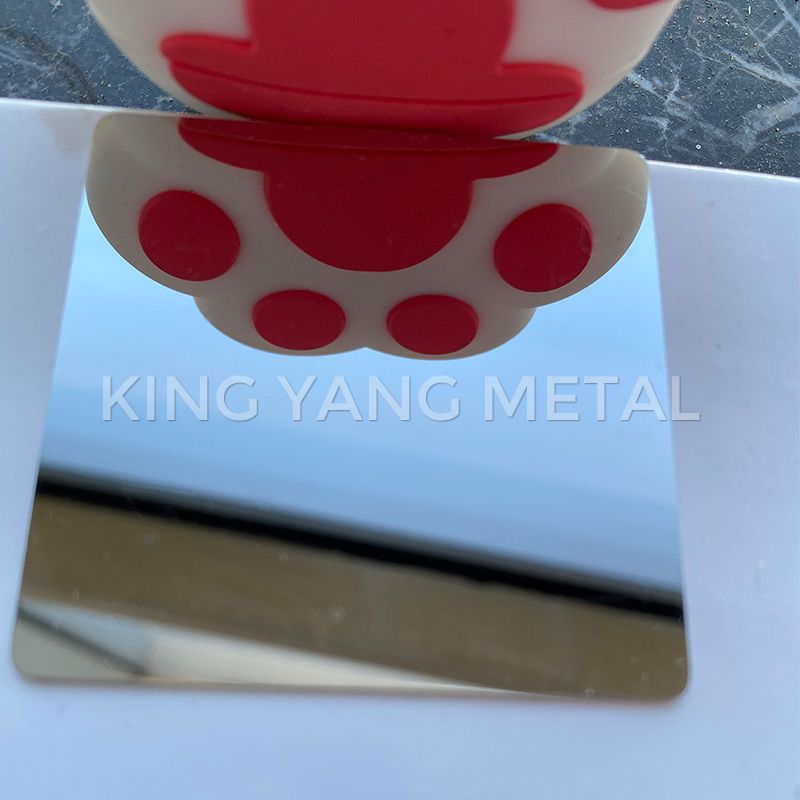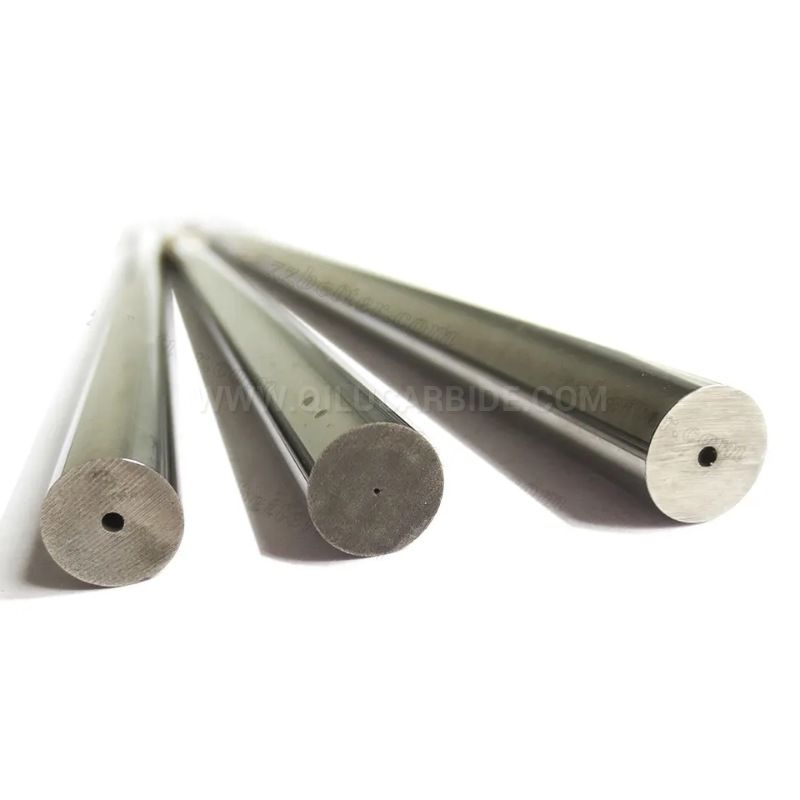What Are Roofing Granules Made Of?
When you gaze at a typical asphalt shingle roof, you may notice tiny, colorful particles embedded in the surface. These granules not only add aesthetic appeal but also serve a crucial functional role in protecting the roof from various environmental elements. In this article, we delve into the composition of roofing granules, their purpose, and their significance in roofing systems.
What Are Roofing Granules?
Roofing granules are small, coarse particles applied to the surface of asphalt shingles during the manufacturing process. These granules are typically made from a variety of materials and are available in a range of colors to complement different architectural styles and preferences. While they contribute to the visual appeal of the roof, their primary function is to enhance durability and performance.
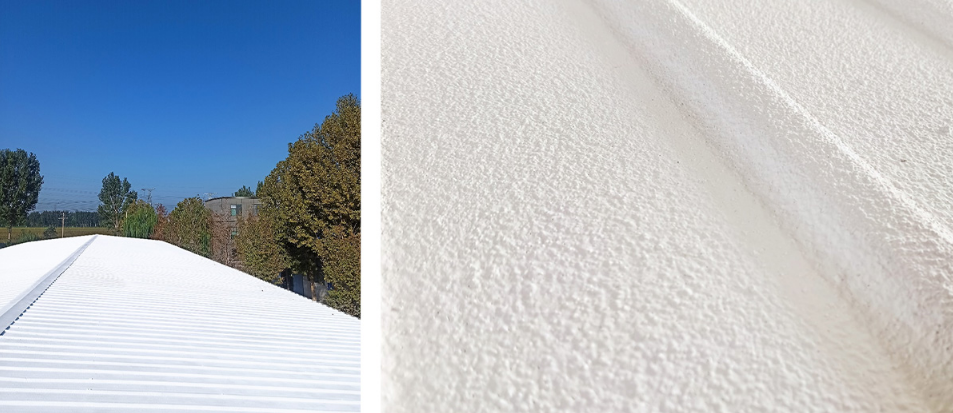
Composition of Roofing Granules
Roofing granules are made from crushed stone and minerals, which are then mixed with other granules and ceramic coatings to create the final product. The granules can be sifted to a specific grain size, and the mixing process can also incorporate other ingredients for color and other features. For example, copper granules can be added to the mix to create resistance to blue-green algae.
1. Minerals: One of the most common materials used in roofing granules is crushed rock minerals. These minerals, such as quartz, granite, and limestone, are selected for their hardness and resistance to weathering. They provide a sturdy outer layer that shields the underlying asphalt from UV radiation, moisture, and mechanical damage.
2. Ceramic Coatings: Some roofing granules are coated with ceramic materials to enhance their performance. These coatings may include ceramic compounds like alumina or silica, which improve the granules' resistance to fading, algae growth, and environmental degradation. Ceramic coated roofing granules also contribute to the reflectivity of the roof, helping to reduce heat absorption and lower cooling costs.
3. Pigments: Roofing granules are often colored using pigments to achieve desired hues and tones. These pigments are typically inorganic compounds that withstand exposure to sunlight and weathering without fading or discoloration. Common pigments include iron oxides for red and brown tones, titanium dioxide for white, and carbon black for black hues.
Additional reading:What Is Tantalum Powder?
Top 5 Industries Relying on Hot Dipped Galvanized Wire for Durability
What is a Ductile iron pipe used for?
Unveiling the Advantages of Choosing Aluminum Expanded Metal
The Advantages of Chicken Wire Mesh
Understanding the Manufacturing Process of Grey Iron Casting
Security vs. Aesthetics: Choosing the Right Security Screen Mesh for Your Home
4. Adhesives: In the manufacturing process, roofing granules are adhered to the asphalt shingle substrate using specialized adhesives. These adhesives ensure that the granules remain firmly bonded to the shingle surface, even in harsh weather conditions. Proper adhesion is crucial for maintaining the integrity and protective properties of the roofing system.
Functionality of Roofing Granules
1. UV Protection: The outer layer of roofing granules acts as a barrier, shielding the underlying asphalt from the damaging effects of ultraviolet (UV) radiation. Prolonged exposure to sunlight can cause asphalt to degrade and become brittle, leading to premature failure of the roofing system. By reflecting and absorbing UV rays, roofing granules help to extend the lifespan of the shingles and maintain their structural integrity.
2. Weather Resistance: Roofing granules provide a durable outer surface that protects the shingles from rain, hail, snow, and other environmental elements. Their abrasion-resistant properties prevent erosion and surface wear, ensuring long-term performance in various climatic conditions.
3. Aesthetic Enhancement: Beyond their functional benefits, roofing granules enhance the visual appeal of the roof by adding texture, depth, and color. Homeowners can choose from a wide range of granule colors to complement their exterior décor and architectural style, creating a cohesive and attractive appearance.
Applications and Considerations
Roofing granules are a ubiquitous feature in asphalt shingle roofing systems and are used in residential, commercial, and industrial applications. When selecting roofing materials, it's essential to consider the quality and composition of the granules, as they directly impact the performance and longevity of the roof. High-quality granules with superior UV resistance, color retention, and adhesion properties contribute to a more durable and aesthetically pleasing roofing system.
Conclusion
In summary, roofing granules play a vital role in protecting and enhancing the performance of asphalt shingle roofs. Their composition, including minerals, ceramic coatings, pigments, and adhesives, contributes to durability, weather resistance, and aesthetic appeal. As homeowners and builders seek reliable roofing solutions, understanding the importance of roofing granules can guide informed decision-making and ensure the long-term integrity of roofing systems.
Additional reading:Can You Weld with Solid Wire without Gas?
The Advantages of Welded Mesh: Versatile, Durable, and Cost-Effective
How Does an Electric Fence Work?
Durability Showdown: Are Fiberglass Screens Tougher than Aluminum Screens?
What are Benefits of Galvanized Steel Coil?
What Are the Maintenance Requirements for Aluminum Sheet?
Galvanized Corrugated Steel Plate vs. Color Coated Corrugated Steel Plate
- Previous: Everything you need to know about Titanium Sheet
- Next: None


